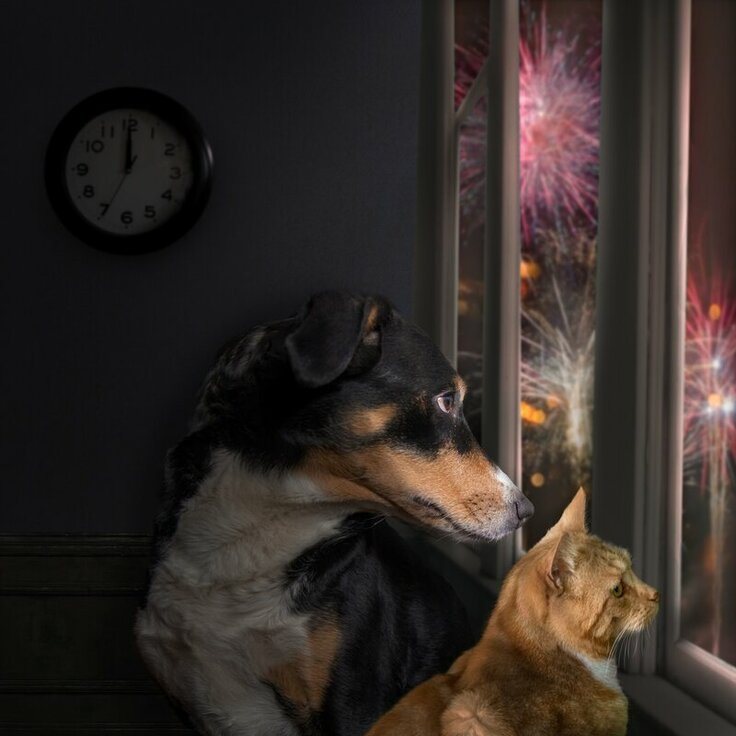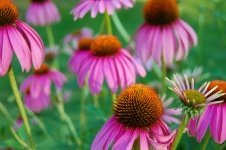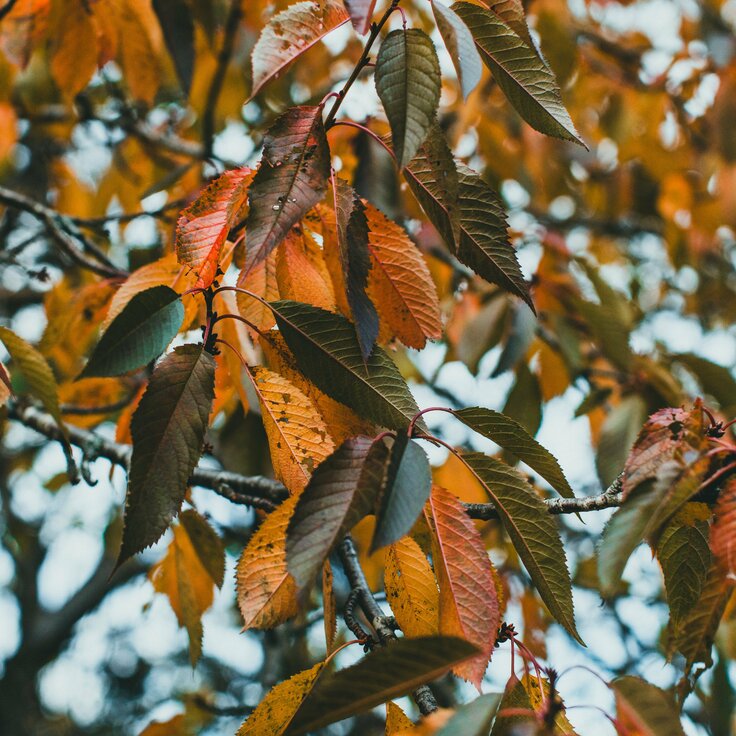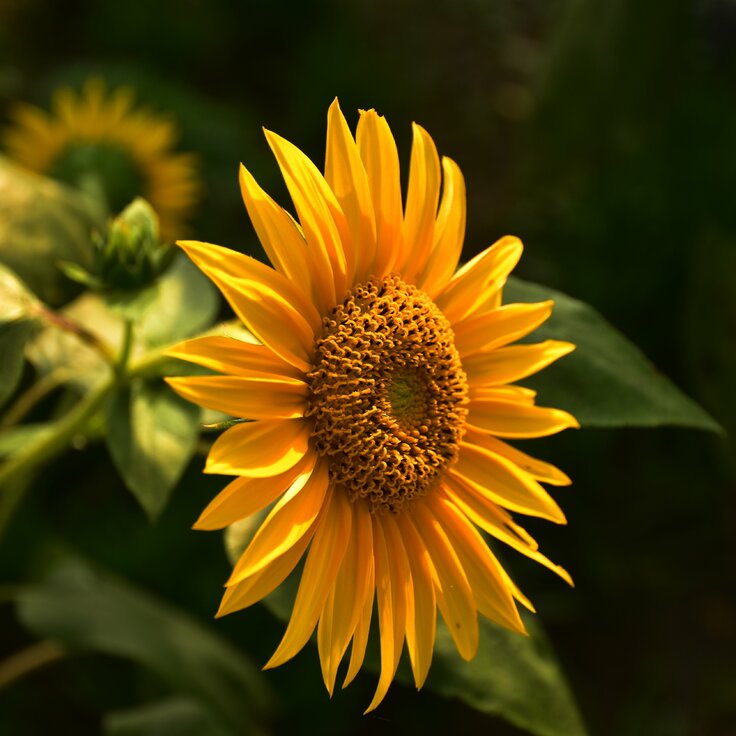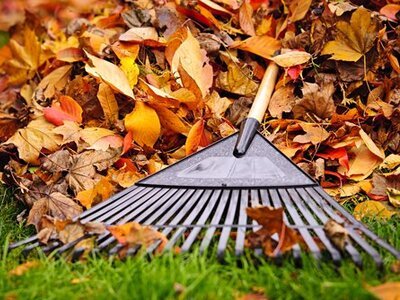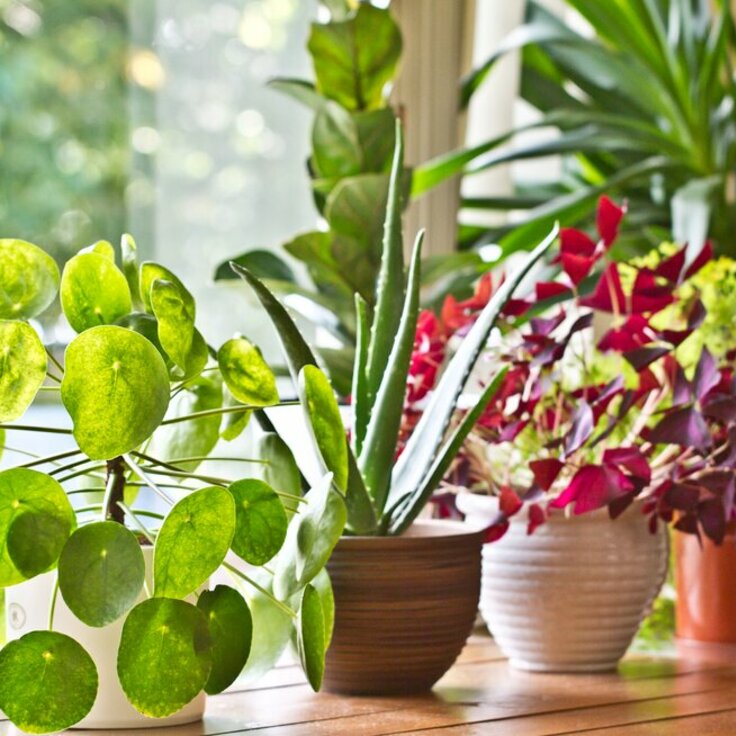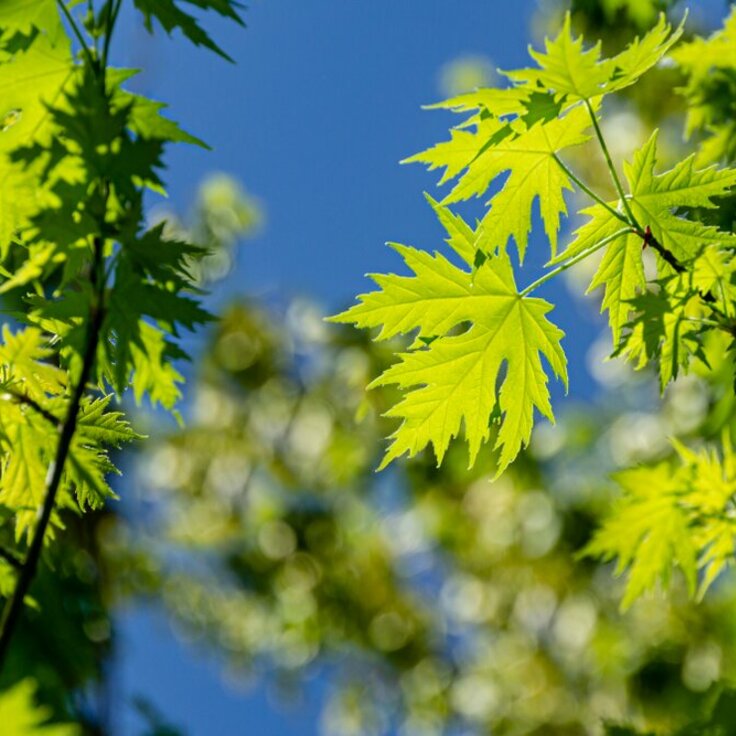Annual Color Schemes
Color-coordinated flower beds are always popular and they can be fun to do. You can design them to complement your house color and trim, to show your favorite team colors, or to echo the color scheme of an adjacent interior. You can set the stage for a garden wedding, compose elaborate designs to spell out initials or the word "Welcome" -- all in plants. You can express a vibrant shout of exuberance with flowers, or you can plant a quietly elegant statement of floral decorum. It's up to you.
Choosing Plants
Once you settle on the overall theme and a design and know which colors you need, the hard part begins. Selecting which plants to use can be a real challenge. First off, for a long season of display you will probably want to use annuals. You can use plants of the same height, or create a tiered effect with plants of different heights, placing the taller plants to the center or rear of the design, shorter plants to the front. For example, a lovely red, white, and blue planting of uniform height can be done in all petunias, but you also could execute the same color scheme using white roses, tall red salvia, and purplish blue petunias for a very different but charming effect. Or how about red cannas and big white dahlias with blue salvia. Or maybe red and white begonias with blue ageratum. There are so many different possible combinations!
Keep an open mind because you may have to use more than one kind of annual, or possibly add a perennial plant to find the colors you want. This can be a bit of a puzzle to work out, and you may have to revise or adapt your design to fine-tune it to use plants that are easily available and reasonably easy to grow, but with a little thought you should be able to work out a useable plan.
Rely on Annuals
Generally speaking, summer annuals offer the widest selection of predictable colors on long-blooming, uniformly sized, and easy-to-grow plants. Some colors are difficult to find in the flower world. For example, true blue is a tough one. You are fairly limited for good blues, but you can look at annual salvia, ageratum, and petunias. Reds are easier. Annual salvia, petunias, and geraniums all include terrific reds, as do the fibrous-rooted begonias.
White is not too difficult; here you will find petunias, sweet alyssum, and flowering vinca to be good choices, along with white begonias. For purple, try salvia or verbena. Yellow and orange are easy, just pick a marigold that grows to the height you need. Pinks are wide open -- petunias, flowering vinca, begonias, geraniums, dianthus, and more.
Some of the prettiest and strongest designs also include a foliage element, such as a low-clipped hedge of boxwood or a silvery accent planted in annual dusty miller. Annuals such as sun coleus can provide a note of ruby red or lime green foliage, and the ornamental sweet potato vines can bring in a dusky dark purple or chartreuse.
Add Hardscape
You can create an interesting effect -- or solve a color problem -- by using hardscape in addition to the plants. For instance, you can use colored gravel or paver stones to create part of the design, or timbers or rocks or tinted mulch to add another element to the composition.
This summer, keep your eyes open for color schemes and planted patterns you like, and make a note of how they were done as inspiration for future seasons. It's like a treasure hunt. Once you start to look for them you'll be amazed at how many you can find -- and by how clever some gardeners can be!
Read more from the National Gardening Association

